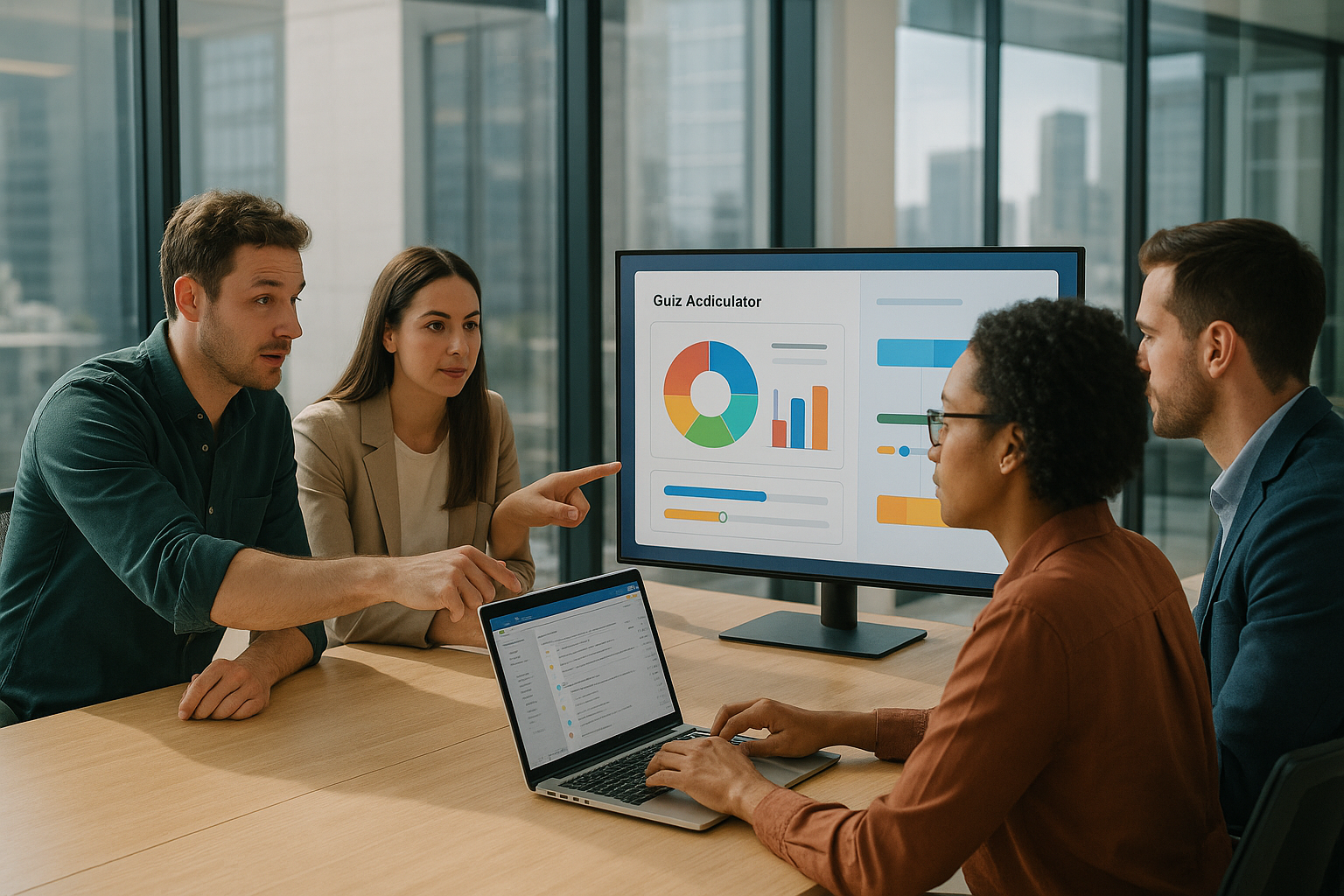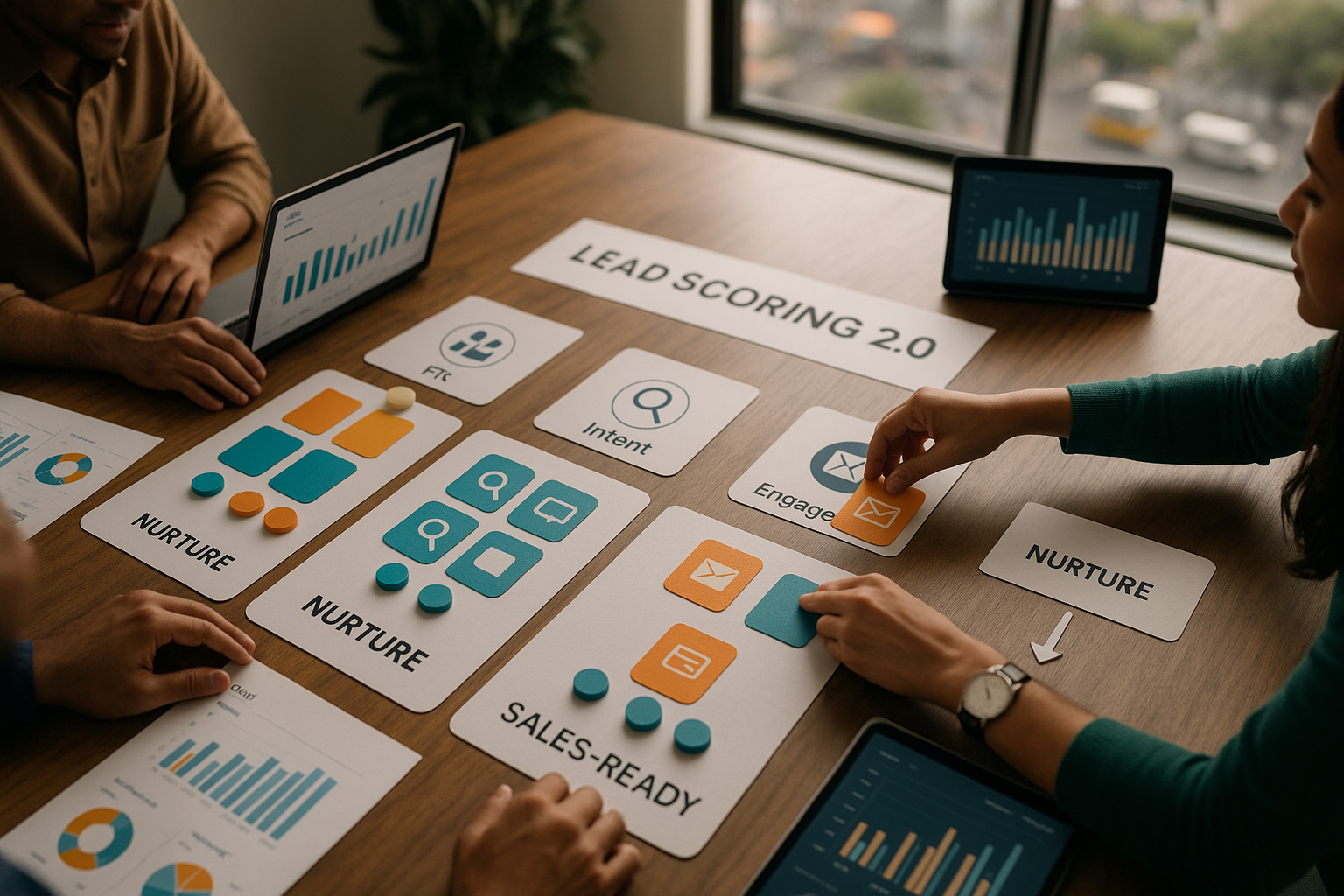In the world of B2B lead generation, much of the focus is on crafting the perfect email—nailing the subject line and writing a high-converting CTA (call to action). But what happens after a prospect clicks that CTA?
That’s where the real magic—or the real disaster—happens.
Welcome to the lead generation black box: the mysterious, often-overlooked stage of the B2B lead funnel that can make or break your entire campaign. In this blog, we’re opening that box to uncover what really happens after a click—and how to optimize every step of the post-click conversion journey to turn curiosity into commitment.
The Truth: A Click Isn’t a Conversion
Let’s clear this up—a click isn’t a conversion. It’s just a step. Yet many marketers treat the click as the final destination instead of the beginning of meaningful engagement. If your email CTA optimization ends at the button, you’re leaving both leads and revenue on the table.
You need a full-funnel B2B lead generation strategy, where every touchpoint—from subject line to thank-you page—is optimized to move the lead forward.Step 1: Where Does the Click Lead?
One of the most common mistakes in B2B email marketing is directing traffic to poorly optimized landing pages. So, after someone clicks, ask yourself:
Does the landing page deliver on the promise of the CTA?
- If your CTA says “Download the Free eBook,” but the page is cluttered with distractions or unnecessary form fields, the visitor will bounce.
- If your CTA says “Schedule a Demo,” but the link leads to a generic homepage—consider that lead gone.
Pro Tip: Ensure your landing page headline and visuals match the email CTA exactly. This consistency increases post-click conversion rates significantly.
Step 2: The Offer vs. The Ask
In the B2B lead funnel, it’s all about value exchange. Once a lead clicks, they instantly evaluate: Is what I’m getting worth what I’m giving?
If you ask for:
- Full name
- Job title
- Company size
- Phone number
…then your offer better be exceptional.
Optimize for micro-conversions—especially for top-of-funnel offers. Ask only for an email address. Let your lead nurturing workflow gather the rest over time.
Step 3: Page Load Speed and User Experience (UX)
One of the biggest silent killers of post-click conversion is a slow-loading page.
Studies show every extra second of page load time can reduce conversions by up to 7%.
Your brilliant email CTA optimization won’t matter if the user is stuck waiting.
UX Checklist:
- Is the page mobile-optimized?
- Does it load in under 2 seconds?
- Is the CTA visible above the fold?
- Are there minimal distractions or pop-ups?
A frictionless experience is now a must-have in competitive B2B lead generation.
Step 4: The Follow-Up That Closes the Loop
Many marketers forget that after a conversion, the real relationship begins.
Ask yourself:
- Does the lead receive a confirmation email?
- Is the downloadable asset or link delivered instantly?
- Are they entered into a personalized lead nurturing sequence?
Neglecting the follow-up leaves your lead feeling ignored. In B2B, where trust and timing are everything, that’s a costly mistake.
Automation Tip: Trigger follow-up emails based on post-click behavior. If a lead downloads a whitepaper on “AI in FinTech,” your next email should deepen that conversation.
Step 5: Tracking, Analytics & A/B Testing
If you’re not tracking post-click behavior, how do you know what’s working?
Use tools like:
- Google Tag Manager
- Hotjar or Microsoft Clarity
- HubSpot or Marketo
Start testing:
- Landing page layouts
- Number and type of form fields
- CTA button text
- Thank-you page messaging
Iterative testing closes the feedback loop and strengthens your B2B lead funnel performance.
Final Thoughts: Don’t Just Track Clicks. Own the Journey
B2B lead generation doesn’t stop at the click—it starts there.
If you treat your CTA as the finish line, you might see great open and click rates, but conversions will stall. The real ROI lives in the post-click experience.
The next time you hit “send” on an email campaign, ask yourself:
What happens after the click?
Because that’s where the conversion—and the long-term customer relationship—truly begins.
This guide explains how to optimize your B2B lead funnel after a user clicks a CTA, covering landing pages, UX, automation, and analytics.
- Align the Landing Page with the CTA
Ensure the landing page headline and visuals match the email CTA to maintain message consistency and reduce bounce rates.
- Balance the Offer vs. the Ask
Limit form fields for top-of-funnel offers and provide value that matches the information you’re requesting.
- Improve Page Load Speed and UX
Use a mobile-optimized, fast-loading page with a clear CTA and minimal distractions for better conversions.
- Automate Personalized Follow-Ups
Trigger relevant email sequences based on post-click behavior to build trust and deepen engagement.
- Track, Analyze, and Test
Use tools like Google Tag Manager, Hotjar, or HubSpot to monitor post-click behavior and A/B test your landing pages and CTAs.



